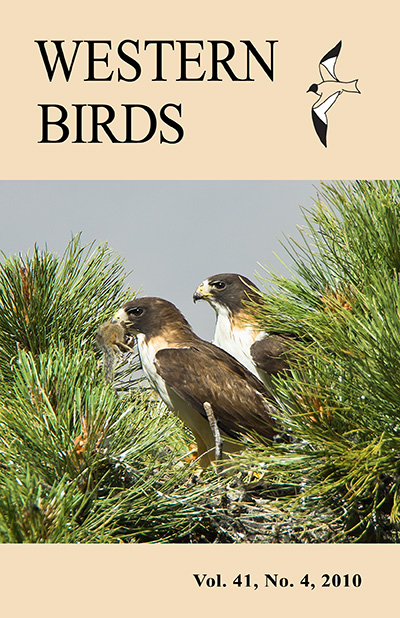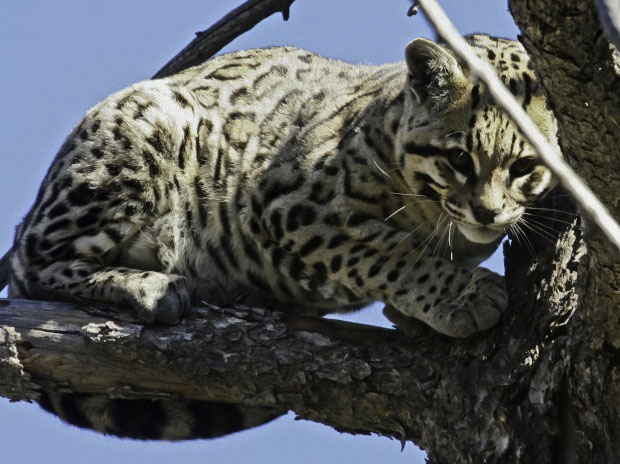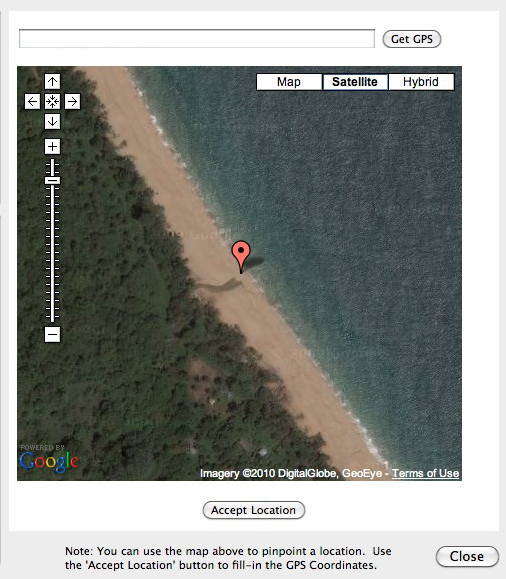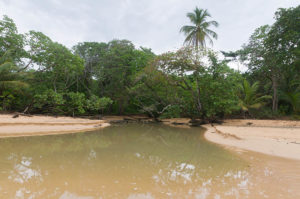We love scorpions – especially Centruroides exilicauda – the Bark Scorpion. Bark Scorpions are the only medically important scorpions in the United States. They give a wickedly painful sting that can last for 24 – 48 hours. For kids under two years of age, the sting is potentially fatal. Fortunately, there is a new antivenom called Anascorp that can be used for severe envenomations.
For reasons unknown, all scorpions produce a substance in their exoskeleton that fluoresces under ultraviolet light (commonly known as “black light”). The exceptions are newly molted scorpions and babies. This UV fluorescence makes it easy to spot scorpions at night with a portable black light.
Of course, it’s hard to see the fluorescence of scorpions during daylight – daylight is just too bright. I’ve always wanted a UV flashlight that could “shoot” darkness, too… to knock out the ambient light so that you could see the scorps just as if it were dark, like this.
Then again, it would be cool to be able to have a “daylight flashlight” to shine when these guys are under black light at night… to see what everything “really” looks like.
It’s fun to watch scorpions crawl from daylight into darkness…
Or from darkness back out into the light!
Sometimes a good sharp view is best, in daylight…
but ultraviolet (UV) light is just way cool – you can see details that don’t show up in daylight.
Anyway you look at them, Bark Scorpions are simply fascinating!
Tags: Scorpions
Our scientific article, SHORT-TAILED HAWKS NESTING IN THE SKY ISLANDS OF THE SOUTHWEST has been published in Western Birds (Vol. 41, No. 4, 2010), and the cover of the issue includes my photo of both adult Short-tailed Hawks at the nest. This is the first fully confirmed Short-tailed Hawk nest in the western U.S. – in history! The article was authored by Noel F.R. Snyder, Helen Snyder, Narca Moore-Craig, Aaron Flesch, Rose Ann Rowlett, and myself. Kudos to Noel and Narca, who really put a lot of effort into the paper.
http://www.wildnaturephotos.com/Public/Short-tailed_Hawk_Nesting.pdf
If you don’t subscribe to Western Birds, it’s a worthy publication and quite inexpensive.
www.westernfieldornithologists.org/journal.php
Several other nesting STHA images posted previously are still available here:
http://www.wildnaturephotos.com/Public/Short-tailed-Hawk
Enjoy!
–Rich
Tags: Hawks, Short-tailed Hawk
Arizona Game and Fish Department officials report that a rare ocelot was observed February 8, 2011 in the Huachuca Mountains in southern Arizona. An individual called the Game and Fish this morning to report that while he was working in his yard in the Huachuca Mountains, his dogs began barking at a cat-like animal which quickly climbed a tree.
When Wildlife officer Brad Fulk got there, he described the moment as one of highlights of his 25-year career. “I can honestly say this, as far as my knowledge goes, hasn’t been documented in the last generation in Arizona. It was immediate that I saw the barring and the elongated striping on the side and corners of the animal and the rings on the tale. And it was 99.9 percent at that time that we had an Ocelot up a tree.” According to Fulk, there was never intention of tracking the ocelot. Their contact was non-intrusive he said.
After taking samples of scat, or animal droppings, officials left the cat in the tree. When they returned later the ocelot was gone.
Today officials came back to try to find hair samples to conduct genetic testing and confirm the cat is wild and not domesticated. Although illegal in Arizona, other states allow ocelots as pets.
In the last three years Arizona has had at least two other sightings. In 2009 the Sky Island Alliance took a picture of one and last year an ocelot was run over in Globe.
See:
http://azgfd.net/artman/publish/NewsMedia/Rare-ocelot-observed-in-southern-Arizona.shtml
Update:
Revised photo credit:
©Tony Battiste, Portraits in Nature
http://www.battistebedandbirds.com/
For the fourth straight year, a Short-tailed Hawk with atypical plumage has overwintered in Tucson (bit.ly/STHA-Tucson).
In 2007, Helen and Noel Snyder, Narca Moore-Craig, Rose Ann Rowlett and I photographed and studied a Short-tailed Hawk nest (Buteo brachyurus) in the Chiricahua Mountains, a part of the Sky Islands region of the Southwest. The majority of Short-tailed Hawks observed in the Sky Islands have been light-morph birds, including the individuals at the nest we photographed. This is in contrast with Florida, where dark-morph individuals predominate. Our article on the Nesting of Short-tailed Hawks in the Southwest is currently in press (www.westernfieldornithologists.org/journal.php), with an expected publication date of early 2011.
Rich is making several large JPGs available for those interested in comparing the plumage of the typical light-morph Short-tailed Hawks with the atypical plumage of the Tucson bird. These images may not be re-posted without written authorization. The basis for the atypical plumage of the Tucson Short-tailed Hawk is currently uncertain.
Tags: Hawks, Short-tailed Hawk, taxonomy
This report should be of interest to all those interested in wildlife conservation;
it is is taken from http://www.promedmail.org. ProMED-mail is a program
of the International Society for Infectious Diseases http://www.isid.org.
Date: 17 Dec 2010
Source: BBC Earth News [edited – follow the link below for full-text and photos]
http://news.bbc.co.uk/earth/hi/earth_news/newsid_9290000/9290103.stm
CARBOFURAN POISONING, VULTURES – KENYA
Vulture populations in one of Africa’s most important wildlife
reserves have declined by 60 percent, say scientists. The researchers
suggest that the decline of vultures in Kenya’s Masai Mara is being
driven by poisoning. The US-based Peregrine Fund says farmers
occasionally lace the bodies of dead cattle or goats with a toxic
pesticide called furadan. [Furadan is a carbamate pesticide.]
This appears to be aimed at carnivores that kill the livestock, but
one carcass can poison up to 150 vultures.
Tags: Africa, conservation
On our recent trip to the Bocas del Toro Archipelago off the Caribbean coast of Panama, I used a GPS attachment for my Nikon camera bodies to automatically embed GPS location data into the “exif” area of each photo that I took. Well, most photos, because the GPS device sometimes takes a few minutes to locate the satellites and pinpoint a location. If GPS data is missing, it can be easily added after-the-fact, using GPS data that was obtained from related or later shots. The usefulness of this data is incredible.
I’ve been using the GPS toolset in the latest version of PhotoMechanic, and it’s very easy to use. The GPS coordinates are read by PhotoMechanic from the image exif data and are then automatically fed to Google Maps by PhotoMechanic. Using Google Maps, PhotoMechanic shows an aerial view of the location where the shot was taken. This can be very useful to document the exact location where an image was taken, without (or in addition to) the use of paper notes. In Panama, this was terrific, as many of the locations that we went to were not well defined by name.
Here’s the left side of the GPS window from PhotoMechanic:
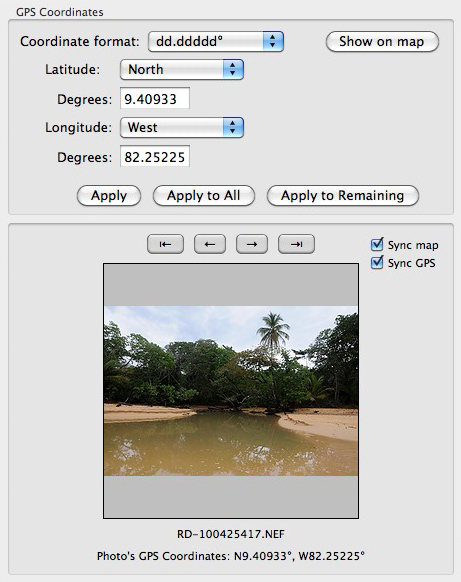
and the right side:
This location is Bluff Beach, Colon Island, Panama. Note the water coming across the beach on the arial view. This is a great way to confirm or determine where shots were taken. It will be nice when the GPS functionality is built into the camera.
Here’s a low-res image if you want to download it to see the exif data:
You can download this image and use the Mac Preview application (or other Windows tools) to see the GPS data, as well as a Gooogle Map. You can even click on the map to zoom in!
If you don’t have a Mac and you don’t want to download software you can view the GPS metadata and the map live, online, using Jeffrey Friedl’s free exif viewer.
This beach is a nesting location for endangered Leatherback Sea Turtles, as well as a filming location for the Columbian version of the TV show Survivor, an issue of great controversy while we were there. Of course, as well as being a useful tool, geotagging also raises ethical issues regarding the public distribution of location data.
PhotoMechanic overall does a great job allowing GPS data to be read, inserted, or changed. I would like to see a tool for automatically filling in GPS data on images where it was not captured, using previous/next image data. You can do it manually, though, without much difficulty. As for Nikon’s GPS attachment, at least in Panama, it was often slow to pick up satellites and confirm a location (1-3 minutes at times, almost instantaneous at other times), and at times it dropped data in a shooting sequence.
In general, way cool.
Tags: geotagging, GPS
I recently photographed a Western Diamondback Rattlesnake (Crotalus atrox) eating a young Gambel’s Quail (Callipepla gambelii). The snake spent over 2 hrs and 17 minutes from the time I discovered it starting to swallow the quail until it finished swallowing and readjusted its mandibles and quadrate bones. The snake was visited by harvester ants, a Red and Charcoal Seedbug (Neacoryphus lateralis), and a tarantula. In the latter photos, you can clearly see the glottis that allows breathing during this long process of swallowing, as well as evidence of the copious amounts of saliva that are produced. The flexibility and stretch of the skin and mouth structures is truly impressive. The snake was completely vulnerable during this meal and could have been captured by hand, or eaten by numerous predators. The snake remained within 12 feet of the spot where I first found it until it finished swallowing its meal.
Tags: predation, quail, rattlesnake

Evostock
Many photographers complain that the cost of doing business through most stock agencies / distributors has become too high! The agency system as it exists today threatens the business viability of any professional artist who creates images for stock licensing. Not only do the big agencies take the large majority share of the revenues but they continually and historically keep charging less and less per license without any apparent concern for the business realities of those professionals who create the imagery they distribute and license.
Enter Evostock. Evostock’s mission is to end the need for agency representation / distribution for professional stock image creators. In so doing, Evostock will empower the independent artist to have control over their business and imagery and in turn allow the vast majority of stock licensing fees to go directly to the creators. Evostock will also work to evolve rights managed licensing / pricing models in adaptation to the new and emerging media environments. These new models will be designed along with input from professional trade organizations and other industry players to serve the short and long term business interests of independent professional stock artists and their customers / clients.
The vision and organizational plan for Evostock has been released on www.evostock.org.
Evostock is a virtual collective of independent professional stock artists. Photographers are coming together online with their images to create a new way forward outside the system of large stock agencies who they believe no longer serve the best interests of professional image creators. Evostock’s mission is to empower professional stock image creators and end the necessity for overly expensive agency representation / distribution in the stock image marketplace. Evostock is a general subject matter edited collection.
To learn more, go to www.evostock.org or view the initial members’ collections, including ours, at www.evostock.com.
Evostock is being built on Photoshelter Virtual Agency (VA) technology and was founded by Tim McGuire in late July, 2009.
www.EVOstock.com, an online virtual collective for stock imagery creators.
EVOlve or go extinct!
–Rich Wagner
Tags: stock
Don’t serve this one on Thanksgiving!
The Hoatzin (Ophisthocomus hoazin) is known as the ‘Stinky Turkey’ to Amazon natives because of the bad odors produced by the fermentation of leaves in the bird’s crop. Unlike most birds, Hoatzins eat the leaves of plants, and to a lesser degree the fruits and flowers. The Hoatzin’s digestive system is unique among birds. Hoatzins use bacterial fermentation in the front part of the gut (called the ‘crop’) to break down the green leafy materials they consume, much like cattle and other ruminants do in their specialized stomachs. The aromatic chemicals produced by fermentation smell bad – giving the bird its common name, as well as a low ranking on the desirability scale for local native hunters. The chicks are interesting in that they have ‘claws’ on their wings to help them climb branches.
The taxonomy of this bird has been greatly debated, and no satisfying evolutionary hypothesis has ever been proposed. (See http://en.wikipedia.org/wiki/Hoatzin)
We have a great collection of Hoatzin shots taken in Ecuador.








